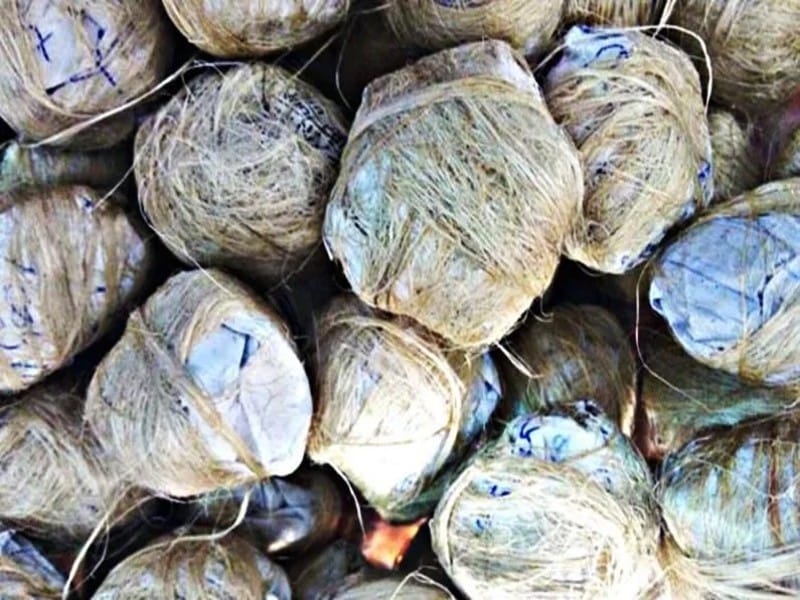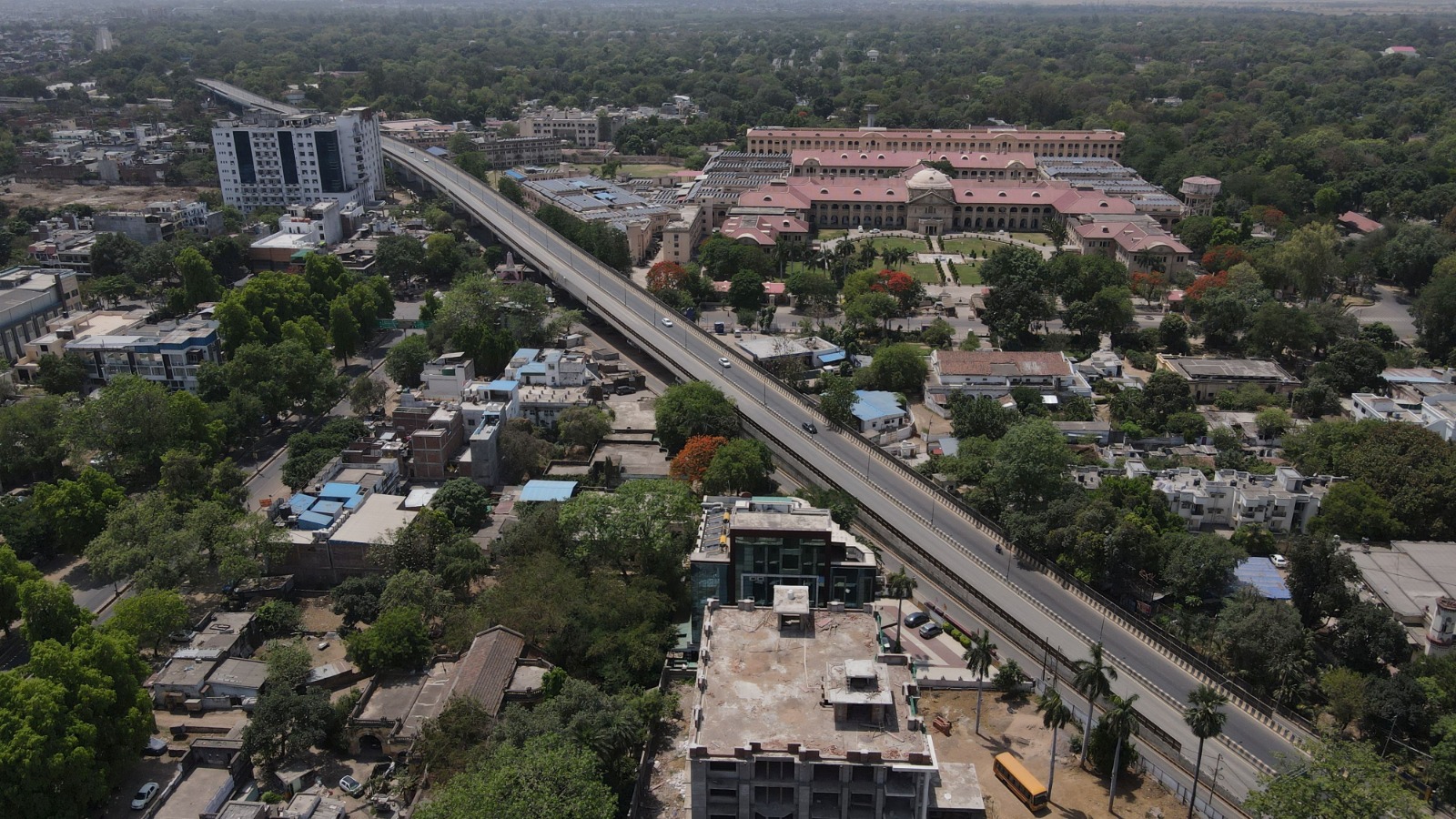‘Bambaji’ has become the talk of the town after CCTV footage of Umesh Pal’s murder in UP’s Prayagraj shows Guddu Muslim – one of gangster-turned-politician Atiq Ahmed’s close aides – on key witness 2005 BSP MLA Raju Pal They are seen throwing country bombs. The murder case and its two gunners.
Though it is now making headlines, the term ‘Bambaji’ for the streets and by-lanes of Prayagraj or erstwhile Allahabad is not new. People, especially the old-timers who come from the old city area, say that ‘rangbaji’ and ‘bambaji’ are an intrinsic part of the ‘Allahabadi’ culture.
‘Rangbazi’ and ‘Bambazi’
“Both words which are often used in local parlance refer to the Ganga-Jamuni tehzeeb (composite Hindu-Muslim culture) of Allahabad. ‘Rangbaazi’ defines the dressing sense, the fashion quotient of the youth of Allahabad is unique and ‘bombazi’ – which is used to define crude bomb attacks – is quite common in Allahabad. Both positions are part of the culture of Allahabad, said Abhay Awasthi, a social scientist and former vice-president of Allahabad University’s (AU) students’ union, who firmly believes that ‘Allahabad ki har gali ka bambaj alag hai’.
first recorded in 1972
One of the many theories expounding on the distinctive ‘Bombaji culture’ in Allahabad suggests that the first incident of bomb use was recorded in 1972. “This was the first time we heard of a crude bomb attack in Allahabad. It was used in an incident on the banks of the Yamuna river in the Sadiyapur area near Mirzapur, where a local gangster named Puri first started gang warfare. After the incident, Puri became famous as ‘Puri Bambaz’ with his expertise in attaching crude bombs to pipe sockets, which later came to be known as socket bombs, Awasthi said.
beginning
Awasthi said it all started with the Naxalite movement, which was led in 1967 by Communist leader and founder of the Communist Party of India (Marxist-Leninist) Charu Mazumdar. During this movement, a Naxalite named Raju made Sadiyapur his hideout. He taught his colleague Puri to make socket bombs.
Sadiyapur is famous for its prawn culture, a major portion of which is exported to Bengal. Along with bombs, country firearms, knives, batons, knucklebones and other weapons often used in fights paved the way for the new weapon, which soon became the preferred choice of the gangsters of Allahabad.
gaining popularity
The reason behind the popularity of crude bombs was the ‘effect’. “Bombs, especially crude bombs, hold a niche when it comes to weapons. Besides, the person who has expertise in making bombs,” says Brijlal, a 1977-batch IPS officer and former director general of police (DGP). , he enjoys elite protection among gangsters and holds a distinct rank in the gang.
more nervous, larger than life image
Brijlal, who is an alumnus of Allahabad University, was posted in Prayagraj early in his career when the culture of ‘Bambaji’ was growing rapidly among the youth of Allahabad. Lal was posted as Assistant Superintendent of Police (ASP) from 1979 to 1981 and SP Rural from 82 to 83 in Allahabad.
The retired IPS officer, who worked extensively on tracking crude bombs in Prayagraj, said: “It is the ‘bomb effect’ that has made it popular among gangsters and youths. The use of bombs emits sound and smoke, Which increases the terror and instills panic among the people. The terror caused by the bombing is far more than that caused by any other weapon, which creates a larger than life image of the ‘bomber’.
effective cost
He said that another reason behind the popularity of crude bombs is that they form a kind of shroud during the attack and hence they are most preferred. “It is similar to the CCTV footage of Umesh Pal’s assassination, where Guddu Muslim was seen throwing the bomb, giving cover to other shooters to complete the mission smoothly.”
Lal also cited cost-effectiveness as one of the reasons for the weapon’s rise. “Assembling a country-made bomb and arranging cartridges is costlier than assembling a crude bomb whose components can be easily bought from the general market for less than Rs 100,” he explained.
Awasthi said that in the 1980s, when Allahabad was marching towards development and unemployment was at its peak, the culture of ‘Bambaji’ spread like wildfire among the youth, who often used it as a tool to gain popularity. I used to see
Shauk-e-Ilahi alias Chand Baba turned out to be the biggest and dreaded Bombaz of the 80s among the many Bombays born in almost every locality. Apart from them, Manoj Pasi, Manoj Bhindi and Guddu Muslim were the other dreaded ‘bambaz’.
Zia Ubaid Khan, a local councilor living in Sabzi Mandi Mohalla of Chowk area, said that in those days when unemployment was at its peak, a dreaded gangster like Chand Baba was seen as a role model for the youth. Impressed by his personality, many youths learned to make crude bombs to steal the limelight.
By the 90s, ‘Bombazi’ gradually spread from the Old City area and engulfed the entire city. Allahabad University was no exception. Not only organized gangs, the use of crude bombs became a regular affair in general fights, AU student union elections and also in festivals and celebrations.
“It would be wrong to say that the crude bomb makers did not develop themselves. Yes, they did and after the development of the socket bomb – the first type used in Allahabad in 1972 – they developed the Sutli bomb (crafted from jute string), small Dhamaka (prepared in a shoe polish box), and the Dibba bomb – the most widely used bomb prepared in a pan masala or paint can,” Khan said.
Of these, he states that the crudest bomb most unique to the history of Allahabad was one prepared by a grocer in the outer shell of a wooden apple (caitha) that was used in the Loknath vegetable market in Allahabad.
He claimed that the craze for crude bomb-making left many amateur bomb-makers one-handed as many lost their hands in accidental explosions. Allahabad is still home to over 200 one-handed ‘bombaz’.
read all latest india news Here

